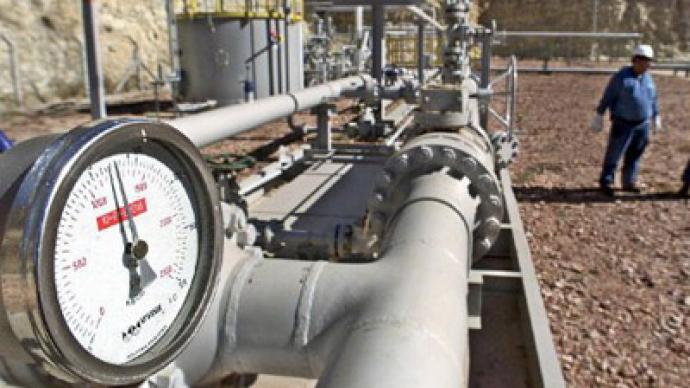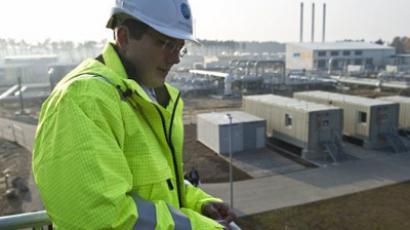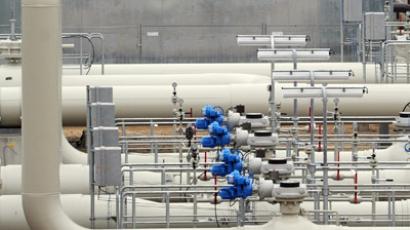US looking for ways to use its natural gas glut

The price of natural gas in the US has slumped below $2.00, reaching its lowest level in more than a decade. It's quickly turned into a favorite among consumers, companies and futures’ traders. The problem now is what to do with it?
The country's supply of natural gas is growing faster than demand with analysts worrying the country's underground storage facilities could reach capacity by the autumn. “The main problem the US is facing now is where to store all that gas, which is a lot less safe to store than oil, for example, ” says Vladimir Rozhankovsky, head of research at Nord Capital in Moscow from Nord Capital. U.S. possesses a 4.1 trillion cubic feet storage system, according to Reuters.
Since the beginning of the year gas prices have fallen by a third. “Vendors have to push down prices to get rid of the gas they are simply unable to store. Two main reasons for lower prices here – an excess of gas and not enough facilities to store it safely,” says Rozhankovsky.
Natural gas production is in full swing across the country as energy companies started using a new drilling technique to tap previously untouched reserves around five years ago. “With production halted in the Gulf of Mexico after BP’s accident, the US concentrated on producing more gas from existing deposits and succeeded to produce gas in excess,” said Rozhankovsky. Dmitry Alexandrov from Investment Group UNIVER says the government subsidies are the driving force of US gas prices as “despite the budgetary problems the US is supporting the industry whatever the cost”.
However the new technique “fracking” has raised concerns about water safety, and has been temporarily banned in the states of New York and New Jersey. But where it has been allowed, it has led to increases in drilling, job growth and production.
However as the growth in production led to lower prices, producers began to suffer. Two of the leading producers, EnCana and Chesapeake Energy had to sell assets, including land, to compensate for the prices, according to DailyFinance.
Increased supply and a falling price of natural gas have been welcomed by domestic homes and businesses that use the fuel for heat and appliances, and for manufacturers that use it to power their factories and make chemicals, plastics and other materials. US Steel is one of the big winners. It has cut production costs of its tubing by using cheap natural gas rather than coal to power its furnaces. The tubing it produces is in high demand too, as its needed for the booming gas production companies. Other companies, like Clean Energy Fuels, are trying to develop natural gas fueling stations. However, experts say, using natural gas instead of gasoline brings many ecological and safety concerns.
Dmitry Alexandrov says “the US is still very much an oil-driven economy, demand for gas is so much higher in Europe and Asia.” Bringing gas to Europe or Asia, who have to pay several times more for their gas could have been a lucrative idea, but for the transportation.
“Even if the US open the gas tap to Europe and Asia, due to the high cost of transfer, which also includes all types of trans-Atlantic shipping insurances, when it reaches the final point, it will be as pricey as European gas. So both Americas need to trade gas between themselves, and Europe will have to deal with its gas problem, which has become particularly crucial after Japan and Germany gave up their nuclear energy, mostly leaving themselves no other energy option than gas, ” said Rozhankovsky.
So while consumer are enjoying cheaper heat and futures traders expand their dealings in gas, the ideal picture of cheap fuel may be already falling to pieces.














